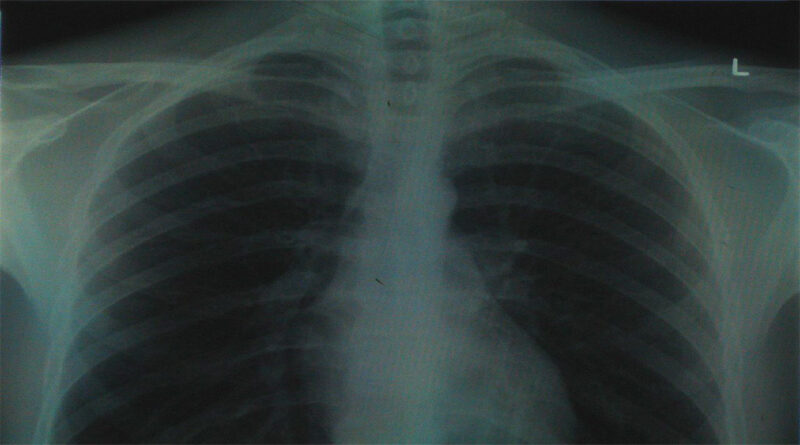What is Legionnaires’ disease?
Last Update on September 15, 2022
| Signs and symptoms | Pontiac Fever | Diagnosis of Pontiac Fever | Diagnosis of Legionnaires’ Disease | Treatment | Complications | Prevention |
A deadly type of pneumonia (lung infection) is called Legionnaires’ disease (LEE-juh-nares). The Legionella (LEE-juh-nell-a) bacteria are the cause of the disease. Small water droplets can make people sick, as can unintentionally ingest water contaminated with Legionella into the lungs.
1. Signs and symptoms:
Legionnaires’ disease and Pontiac fever are the two illnesses that people who become unwell after being introduced to Legionella may contract.
The symptoms of the disease, which are very similar to those of other pneumonia (lung infections), include:
- Cough
- Shortness of breath
- Confusion or changes in mental awareness
- Fever
- Muscle pain
- High Temperature
- Pneumonia
- Nausea, vomiting, or diarrhea
- Headaches
There may also be additional signs of Legionnaires’ disease, such as diarrhea, nausea, and disorientation. It can take longer, but symptoms usually appear 2 to 14 days after being infected with the bacteria.
Consult a doctor as soon as you get signs of Legionnaires. Mention any recent hospital stays, hot tub use, overnight trips away from home, or any Legionnaires’ disease exposures you may have had.
2. Pontiac Fever:
Pontiac fever and Legionnaires’ disease are two separate diseases that can result from Legionella infection. Similar tests can be used to detect these conditions, but they require distinct treatments.
A less severe infection than Legionnaires’ disease is Pontiac fever. The main symptoms are fever and muscle pains. After being exposed to the bacteria, symptoms might appear anywhere from a few hours to three days later and typically last for less than a week. Because Pontiac fever sufferers do not have pneumonia, it differs from Legionnaires’ disease.
2.1. Diagnosis of Pontiac Fever:
To diagnose Pontiac fever, doctors can perform a urine or blood test on a patient. But a negative test doesn’t necessarily mean that someone doesn’t have it. Pontiac fever is typically diagnosed by doctors when lab tests reveal other confirmed cases of Legionnaires’ disease. These patients who had Pontiac fever or were diagnosed with Legionella may have come into contact with Legionella at the same time or location as other patients who had suspected infection.
2.2. Treatment of Pontiac Fever:
Pontiac fever passes away on its own without medical treatments.
2.3. Diagnosis of Legionnaires’ Disease:
Chest x-rays can confirm that people with Legionnaires’ disease have a significant form of pneumonia (lung infection). To determine whether Legionella is to blame for a patient’s pneumonia, doctors frequently employ one of two preferred types of tests:
- The ailing elderly woman in bed
- Test of urine
- Obtaining a sample of sputum (phlegm) or washing from the lung as part of a laboratory test
2.4. Treatment of Legionnaires’ Disease:
Antibiotics are necessary for the treatment of this disease, and the majority of cases can be cured. After contracting this disease, healthy people typically recover, but they frequently require hospital treatment.
3. Complications:
- Lung failure
- Death
One in ten people who contract Legionnaires’ disease will pass away from its complications. 1 Approximately 1 in 4 people who contract Legionnaires’ disease while living in a hospital facility will pass away.
4. Prevention:
4.1. Water Management Programs:
Legionnaires’ disease cannot be prevented with a vaccination.
Instead, lowering the likelihood of Legionnaires’ disease growth and dissemination is essential for preventing Legionnaires’ disease. Building managers and owners can accomplish this by implementing Legionella controls and keeping up with building water systems.
Building water systems and equipment that could support Legionella growth and transmission include:
- Showerheads and sink faucets
- Cooling towers
- Hot tubs
- Decorative fountains and water features
- Hot water tanks and heaters
- Large, complex plumbing systems
Since air conditioning systems in homes and cars don’t utilize water to cool the air, Legionella doesn’t have a chance to develop there.
4.2. Legionella and Hot Tubs:
The ideal environment for Legionella growth is warm water, such as that found in hot tubs. Additionally, warm weather makes it difficult to maintain disinfectants like chlorine at the levels required to eradicate bacteria like Legionella. Hot tubs should be cleaned according to the manufacturer’s instructions and the levels of disinfectants and other chemicals in hot tubs should be checked on a regular basis.
4.3. Legionella and Motor Vehicles:
An automobile (such as a car, truck, van, school bus, or taxi) may have Legionella growing in the windshield wiper fluid tank, especially if the tank is filled with water. Use only authentic windshield washer fluid and, if available, abide by the guidelines provided by the vehicle’s manufacturer to stop the growth and spread of Legionella.



